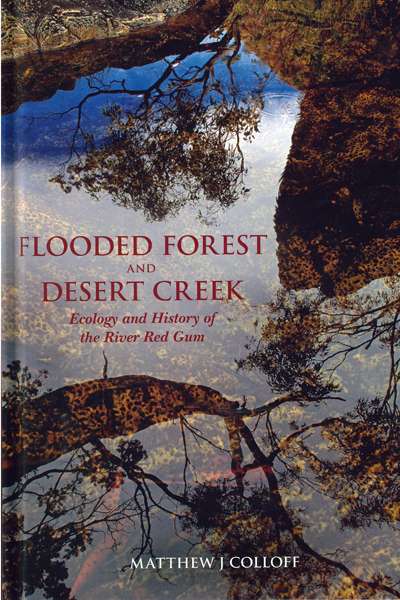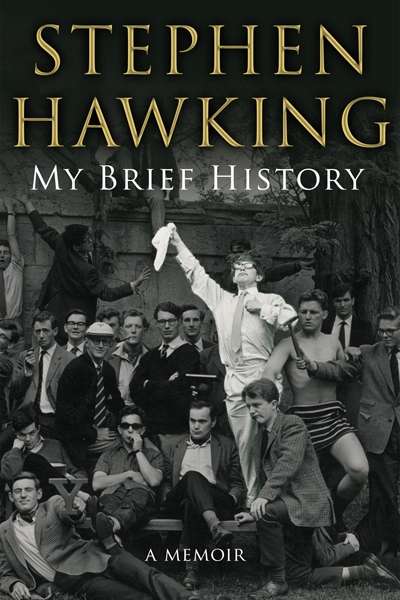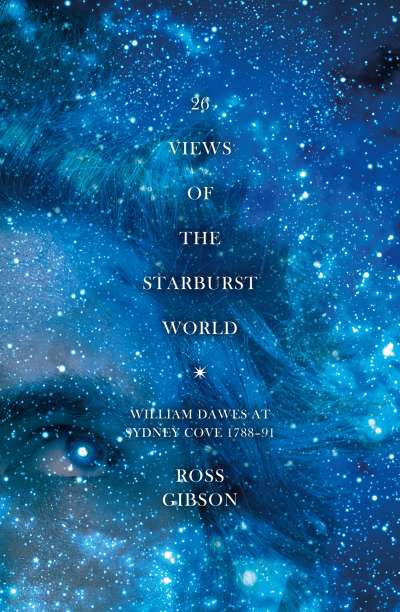The last photographs taken of Jean Galbraith show a wrinkled woman in her eighties, with wispy hair pulled back in a bun, wearing round tortoiseshell spectacles, thick stockings, and sensible shoes – the kind of person you might expect to see serving behind the counter of a country post office early last century, or pouring endless cups of tea at church fêtes. Yet her unprepossessing appearance belied the extraordinary woman within. For Australian nature lovers and botanists, Jean Galbraith was an icon. Over the seventy years of her writing career (her last article was published when she was eighty-nine), she turned botanical writing into an art form, branched into television and radio scriptwriting, wrote children’s books, lectured tirelessly on the beauty of Australia’s native flora, and became a fierce advocate for conservation. When she died in 1999, aged ninety-two, she had earned many awards and accolades, including the prestigious Australian Natural History Medallion.
...
(read more)










